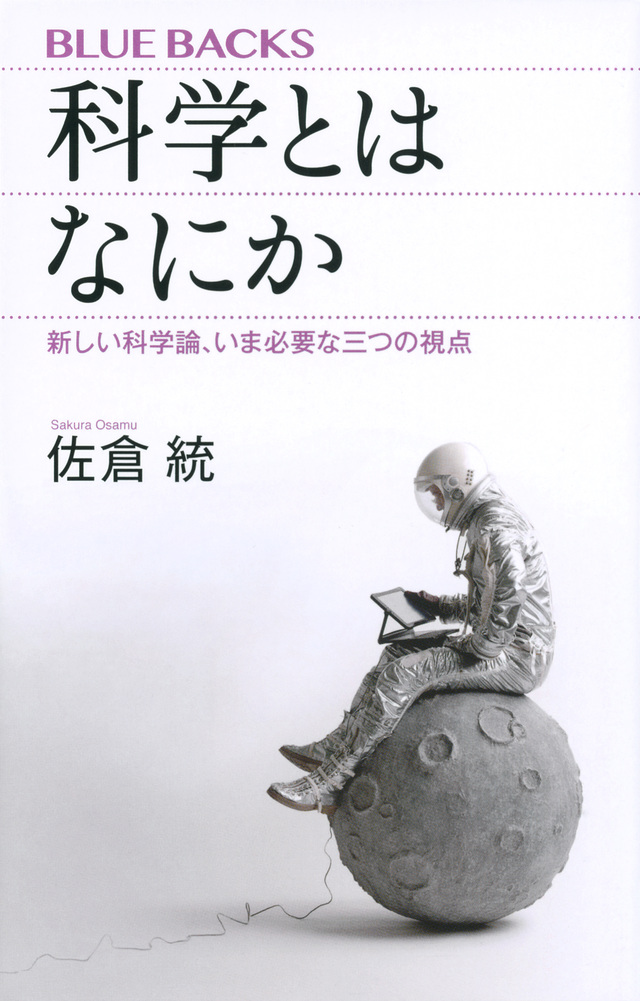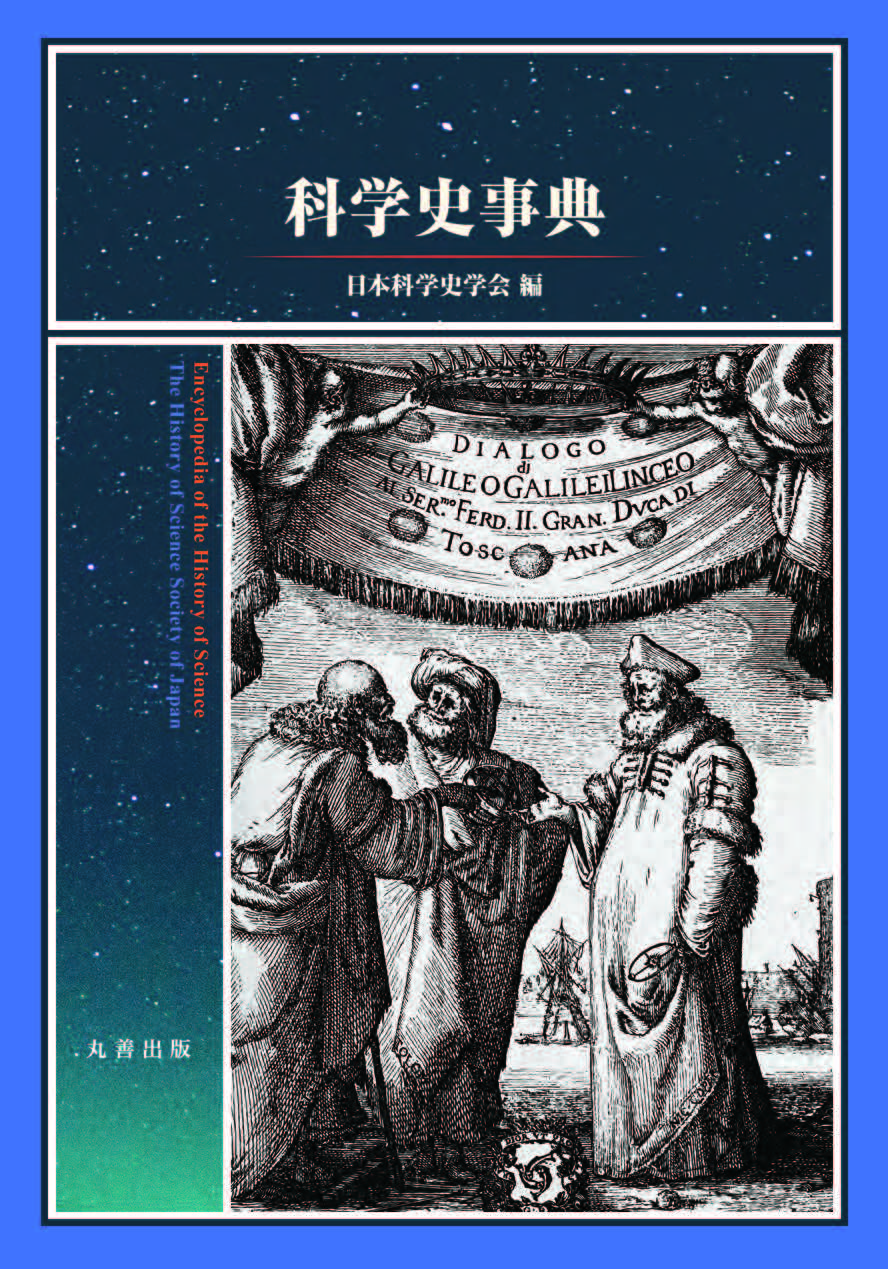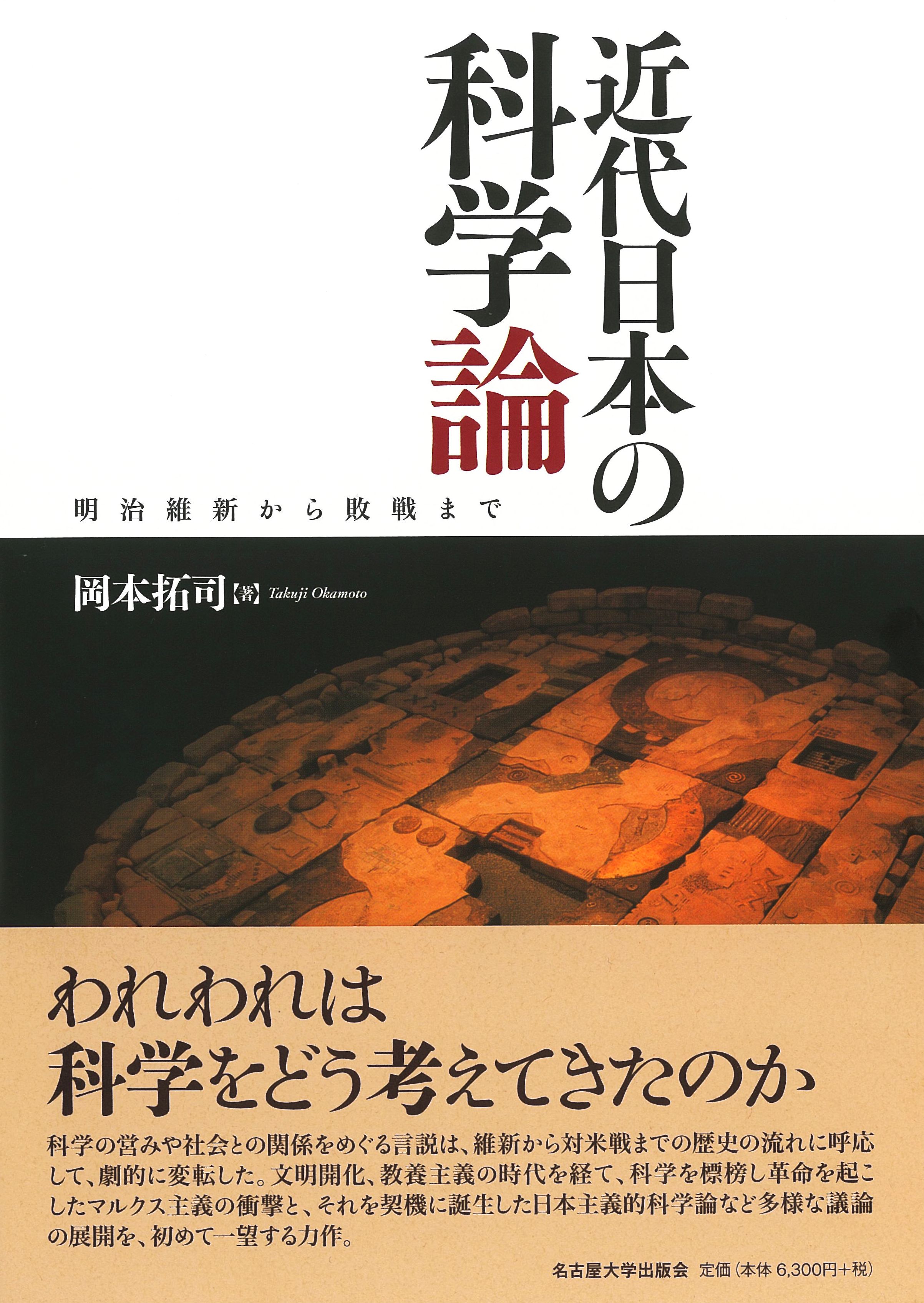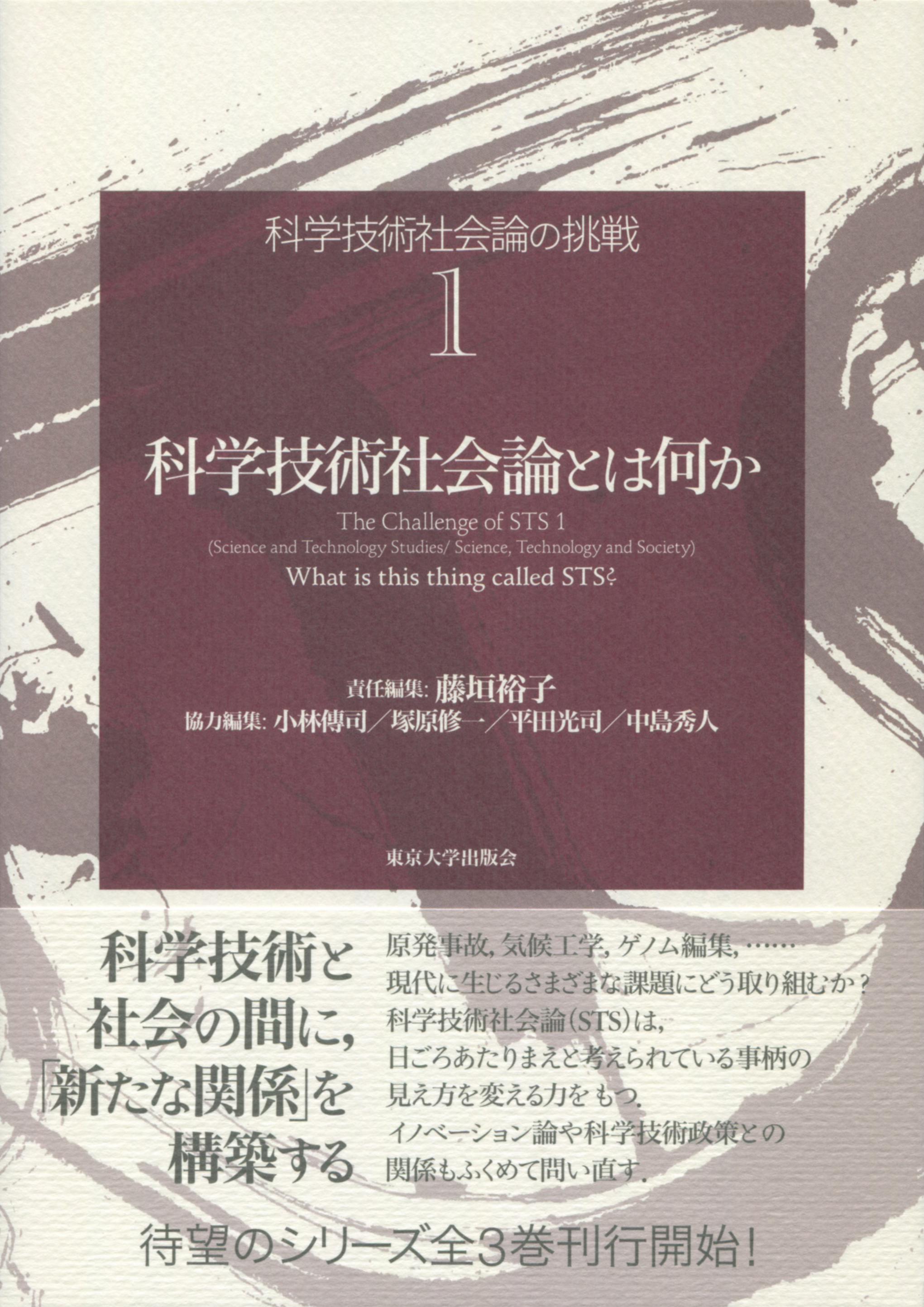
Title
Bluebacks Kagaku towa Nanika (What is Science? - A New Outlook on Science: Three Viewpoints Now Necessary)
Size
272 pages, paperback pocket edition
Language
Japanese
Released
December 17, 2020
ISBN
978-4-06-522142-6
Published by
Kodansha
Book Info
See Book Availability at Library
Japanese Page
I am writing this summary in January 2022, just as we are in the middle of the COVID-19 pandemic. At times like these, the scientific judgments of experts have a direct and huge impact on our lives. Quite often, the general public voices criticism and dissatisfaction with the judgments and appeals of these experts.
As the order to curtail the business hours of restaurants is a question of life-and-death for the owners of these establishments, it is understandable that they may cause antipathy, but I find it very difficult indeed to understand those who say they do not like and will absolutely not take the vaccine or even wear a mask.
Similar problems, not limited to the coronavirus, have occurred often up to now. Regarding the risks of radiation after the 2011 Fukushima Daiichi Nuclear Power Station accident, and the arguments over the safety of genetically modified food in the 1990s, there were large discrepancies between the views of experts and the responses by the society in general.
Why does this happen? Why is it that scientists who are involved with daily life situations are criticized while those who make new discoveries are applauded? How can we make effective use in daily life of the scientific knowledge that has been so painstakingly developed? With reference to these questions, this book explains the basic concept that scientific knowledge and daily life knowledge, although they are the same “knowledge,” have a very different nature.
Loosely constructed in three sections, the first section covers philosophical aspects such as what, in the first place, are the characteristics of scientific knowledge, and what kind of scientific methods produce this type of knowledge. The following second section covers the history of science, since explaining the historical background to the reasons why these differences arise might make them easier to understand. Finally, section three discusses the social viewpoint of what can be done to overcome these differences.
In general, books on “views of science,” contain many explanations about science itself, but this book takes an awareness of a beneficial viewpoint for the “user” of scientific knowledge. Thus, the expression “to make full use of science” appears often in the book. It is scientists who create the fruits of science, but that knowledge only becomes useful in society when ordinary people assimilate it into their own situations and sense of values. As a concrete example, I am proud to say that this is perhaps the first book on “views of science” gives attention to tojisha-kenkyu (self-support research), in which persons with disabilities talk about their situation in their own words.
The final chapter describes the characteristics and current status of Japanese science. as well as the outlook for the future based on the discussion thus far. At present, Japanese science and technology is not showing much vigor. The number and quality of academic papers are also declining year by year, and the international ranking of the University of Tokyo is also not very encouraging. Nevertheless, from ancient times Japanese people have been excellent at the art of devising clever ways of enjoying their daily life. The level of the basic necessities, food, clothing and shelter, is also high. I believe that if more of these characteristics could be incorporated into Japanese science, unique and high-level scientific activity could develop in this country.
(Written by SAKURA Osamu, Professor, Interfaculty Initiative in Information Studies / 2022)



 Find a book
Find a book




